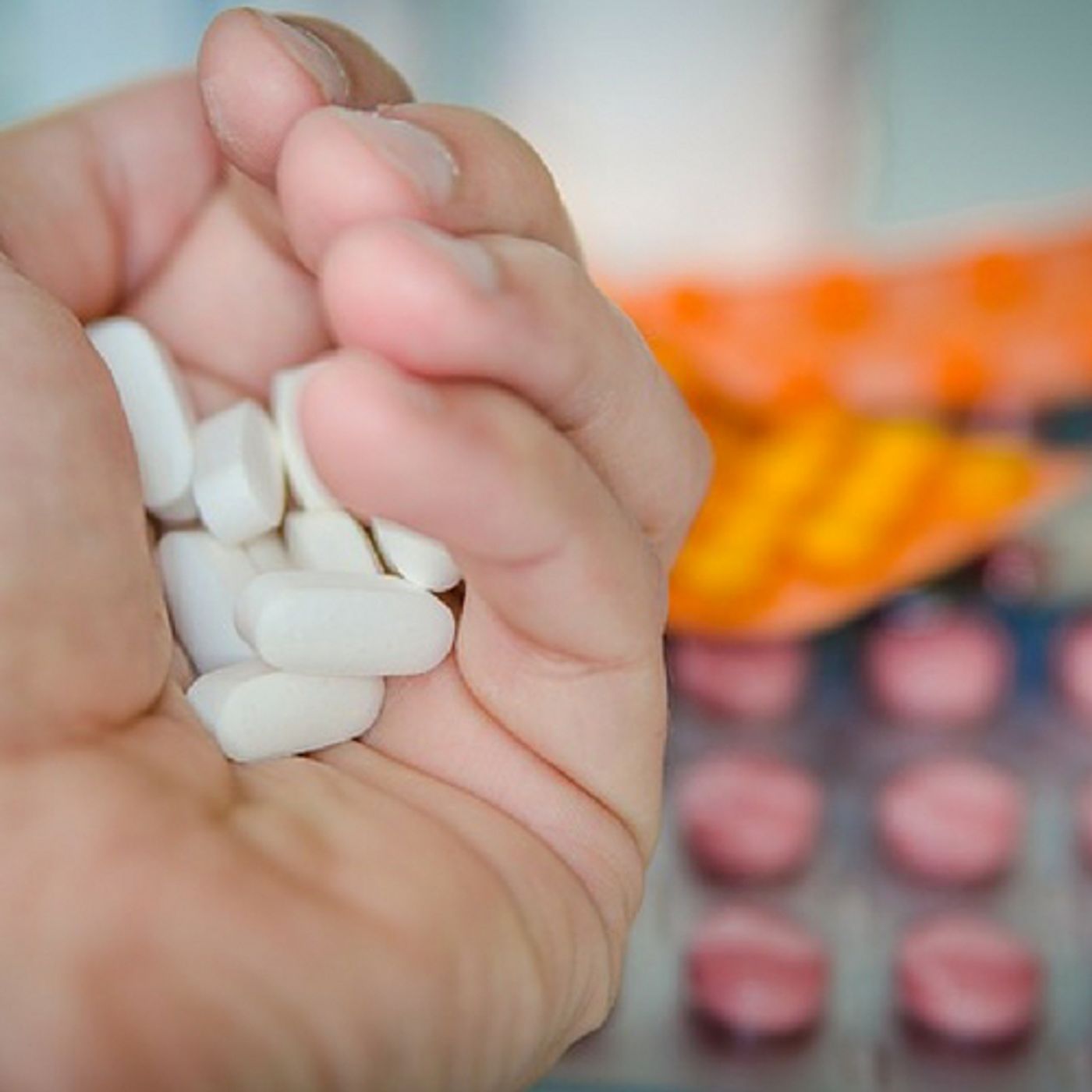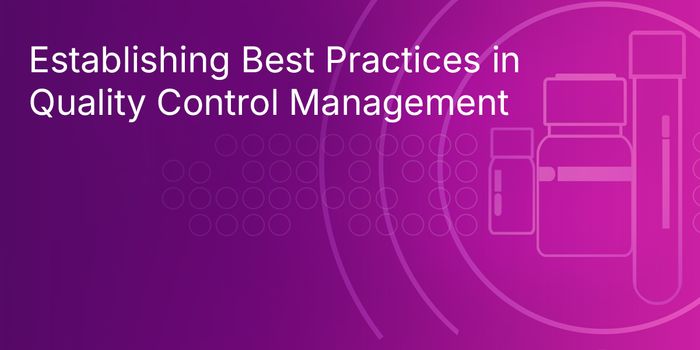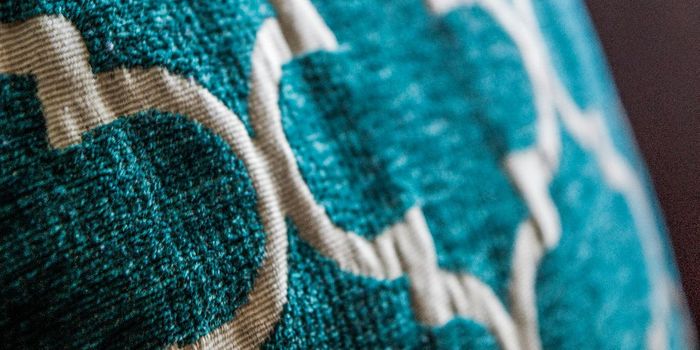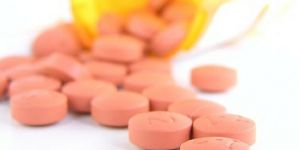How Drug Packaging Can Prevent Accidental Overdoses
Putting child-safe caps on medication has been going on for decades, but the opioid crisis is looming large, and as a result, more toddlers are accidentally overdosing on more dangerous drugs. While locking caps and other safety measures are a good idea, a new study shows that packaging might be another way to prevent kids from getting at medication.
How bad is it? The CDC reports that 60,000 children each year in the United States are treated for accidental ingestion of dangerous medications. While they are not all opioids, the problem is continuing to grow as the number of opioid-addicted patients rises to new heights. For the study recently conducted, the researchers looked at a specific medication that is often given to patients in recovery from opioid addiction.
Addiction is a chemical reaction in the brain of a person who ingests a substance. Regarding opioids, it's extremely easy to get addicted to painkillers. Treatment for opioid addiction often involves a combination of two medications, buprenorphine and naloxone (they go by the trade names Suboxone and Narcan.) They are both widely available in single-dose blister packs that are even difficult for some adults to open. The researchers looked at data from three periods of time: Before the combination was available in single-dose packaging, a transition period where some areas had the single-dose packs available, and a post-transitional period when the drug became almost exclusively available in single-dose packs.
Dr. George Sam Wang is a pediatric emergency doctor at Children's Hospital Colorado and medical toxicologist at Denver Health's Rocky Mountain Poison and Drug Center. He led the study and explained, "Unintentional pharmaceutical exposures in kids are a continuing problem, representing about half of calls to poison control centers. We've seen a decrease in the number of children accidentally ingesting these medications, even as the use of the medications has gone up in adults." He cited the statistics on poison control calls for accidental ingestion for the years 2000-2015. In that time, there were more than 100,000 calls to poison control hotlines in the United States for opioid exposure in children under the age of 5. In the same period there were 68 deaths in that age group from accidental overdoses
The results of the study couldn't be more clear. In the time before single packs were available the incidence of accidental intake of these medications was 21 children per 100,000 prescriptions written. When the single dose packaging was first being rolled out, and pharmacies were transitioning to it, that number dropped to 9 children per 100,000 orders. Now that the blister packs are the norm, with more than 80% of the prescriptions being filled in blister packaging, the incidence of exposure to young children dropped to four children for every 100,000 prescriptions. The numbers represent a 79% decrease in accidental overdose and ingestion of these dangerous, but sometimes life-saving medications.
The success of packaging this drug cocktail, so that young children are safer begs the question of whether it should be introduced in other medications that are also harmful to children. While that might eventually happen, the authors of the study stressed that the first line of defense in protecting young children from high-risk drugs is the family. Parents and caregivers need to be especially cautious on where medications are stored. Leaving a bottle out on a kitchen counter or a nightstand simply isn't safe. Dr. Wang stated, "Parents need to be aware of the risk of having some of these medications in and around the home. Equally as, if not more, important as packaging safety is keeping medications up and out of reach." Locking the medications up or at the very least storing them in areas that up high and out of reach are both precautions that are easy to implement and could save lives. Check out the video below on accidental overdoses and what one local community is doing to protect young children.
Sources: UPI, United States FDA, Pediatrics









